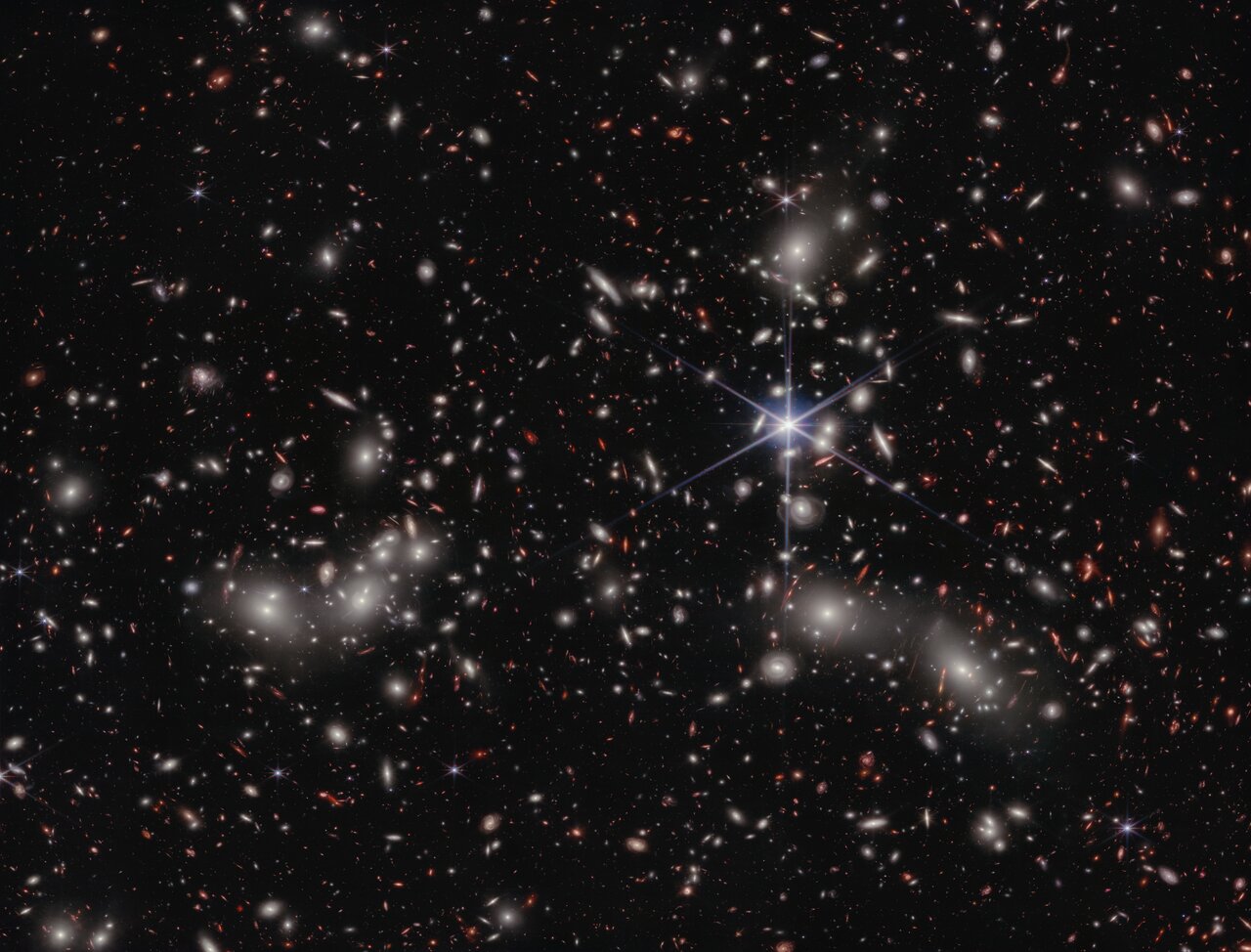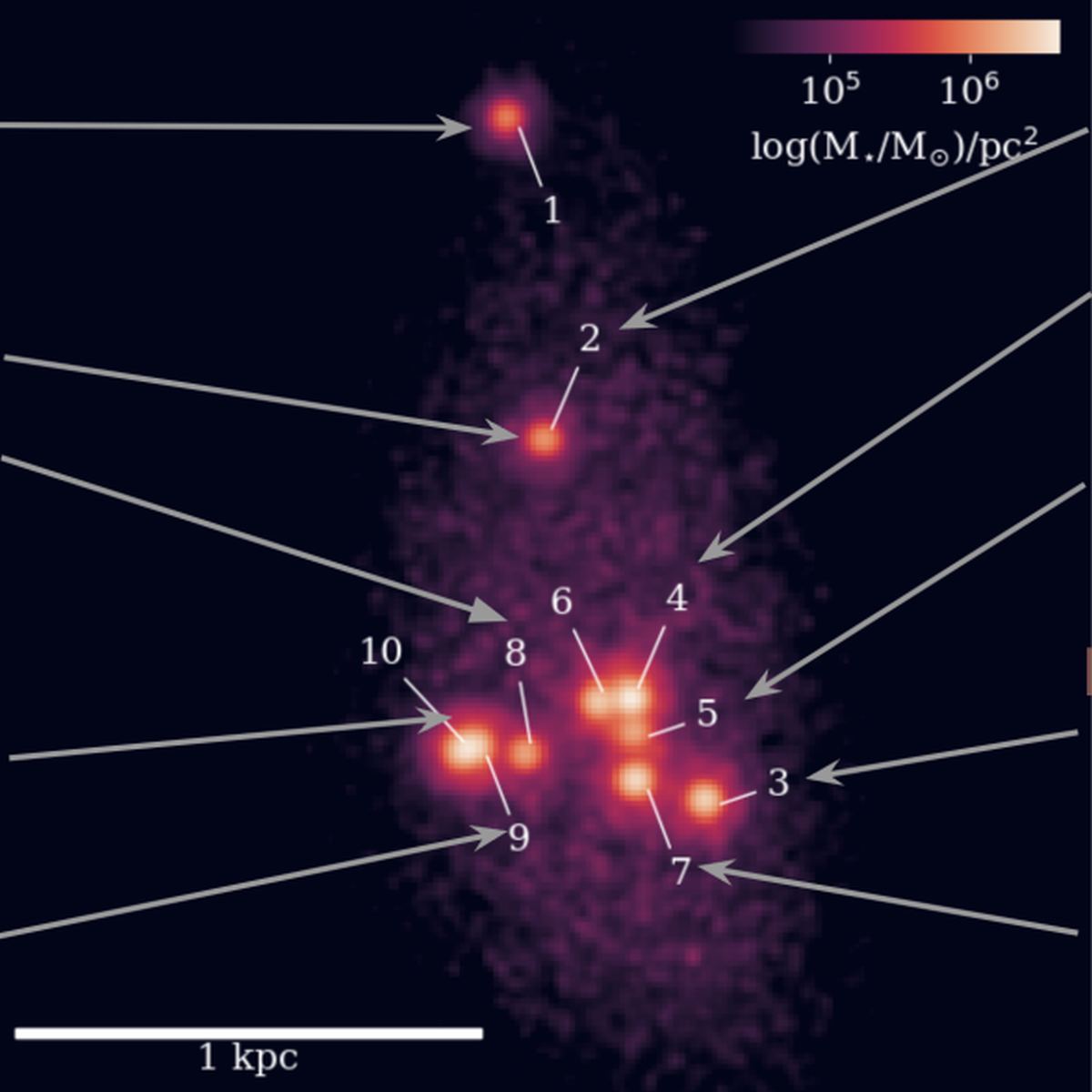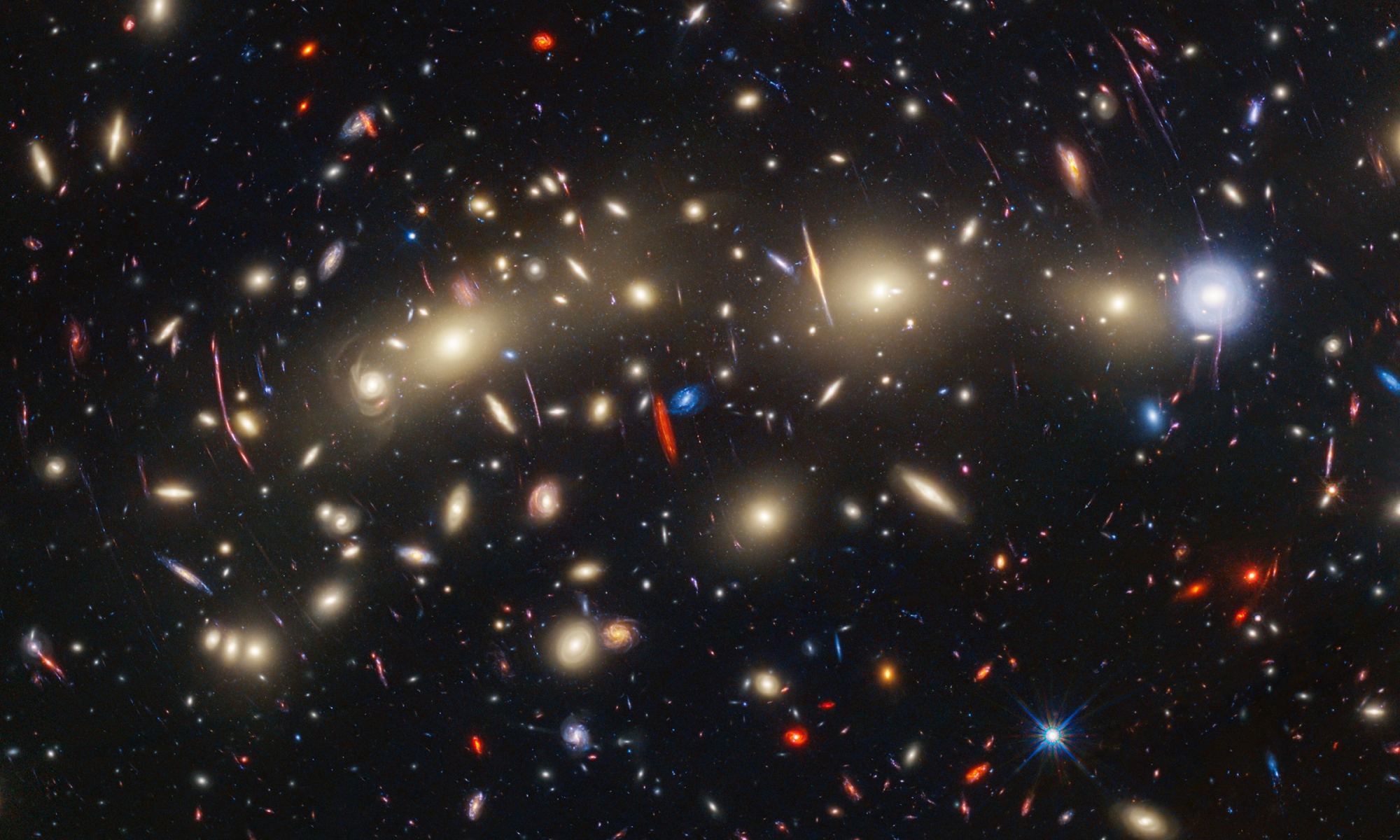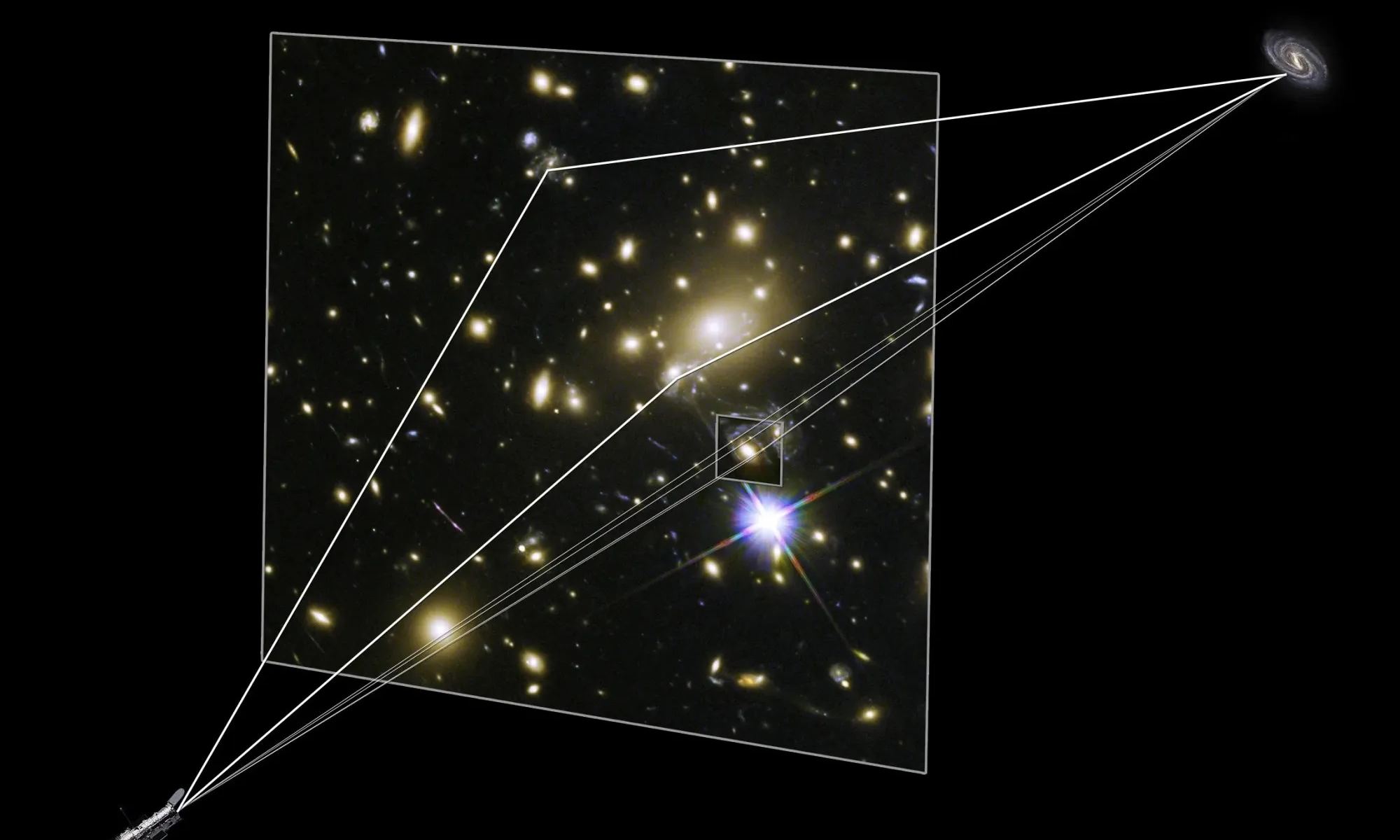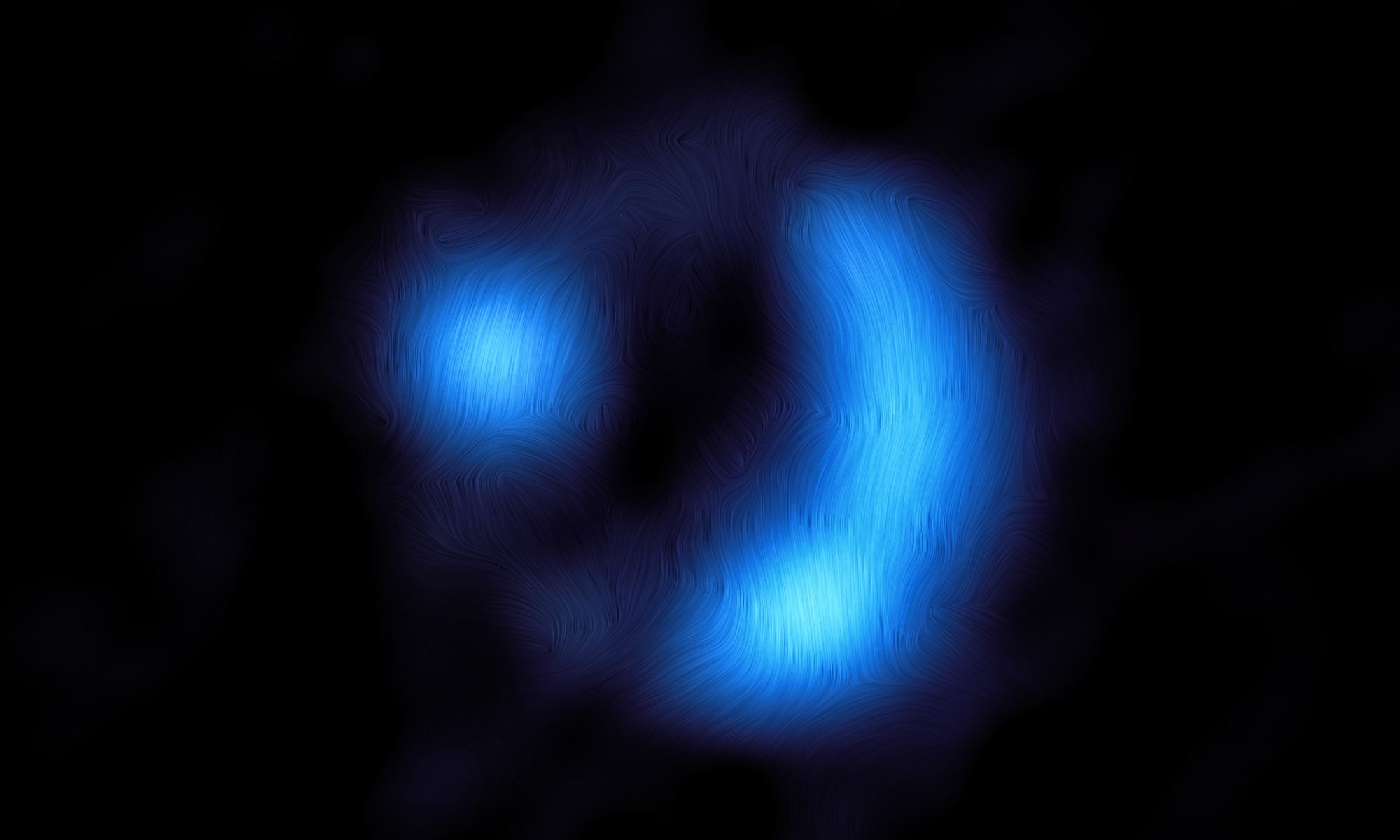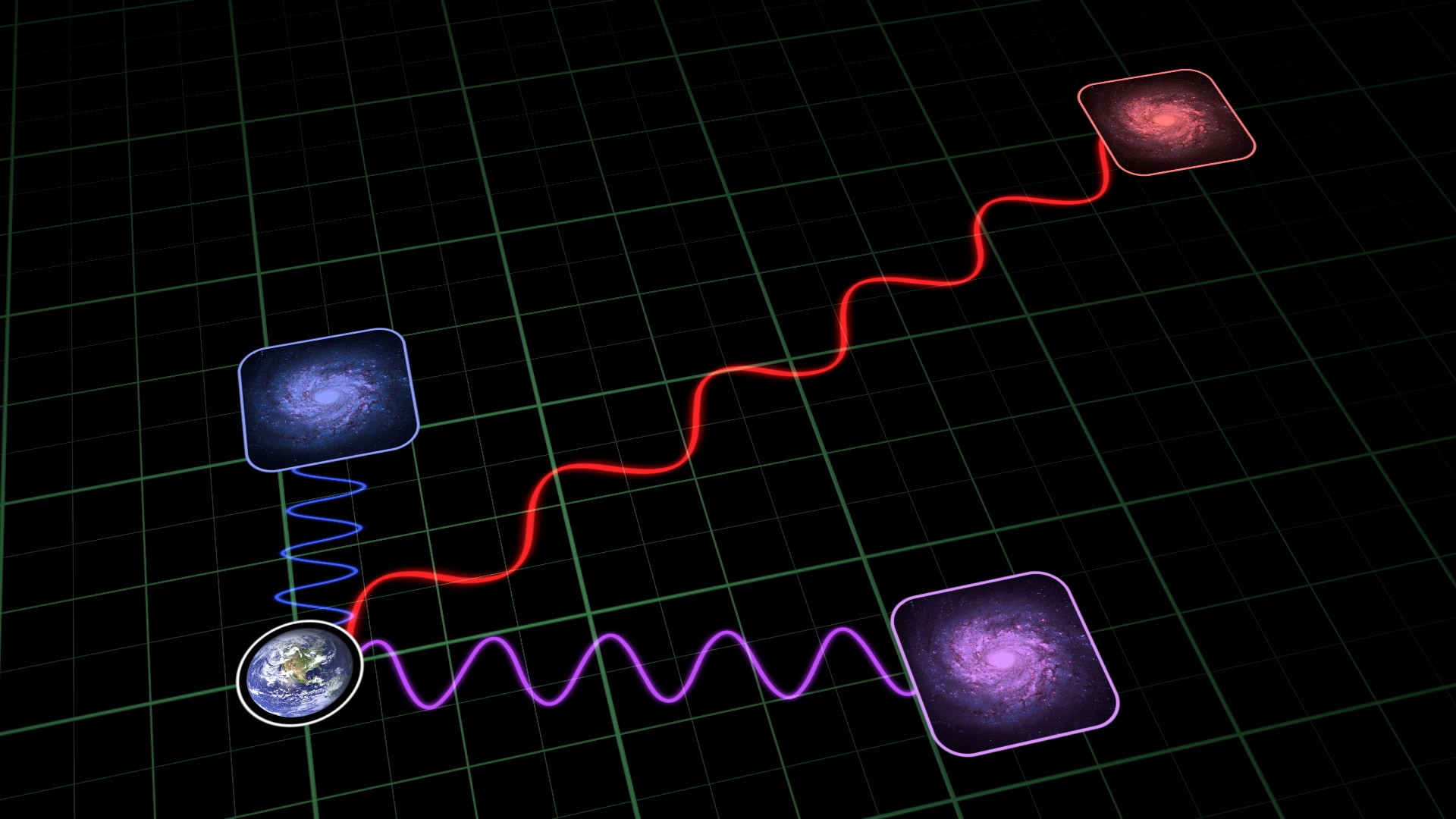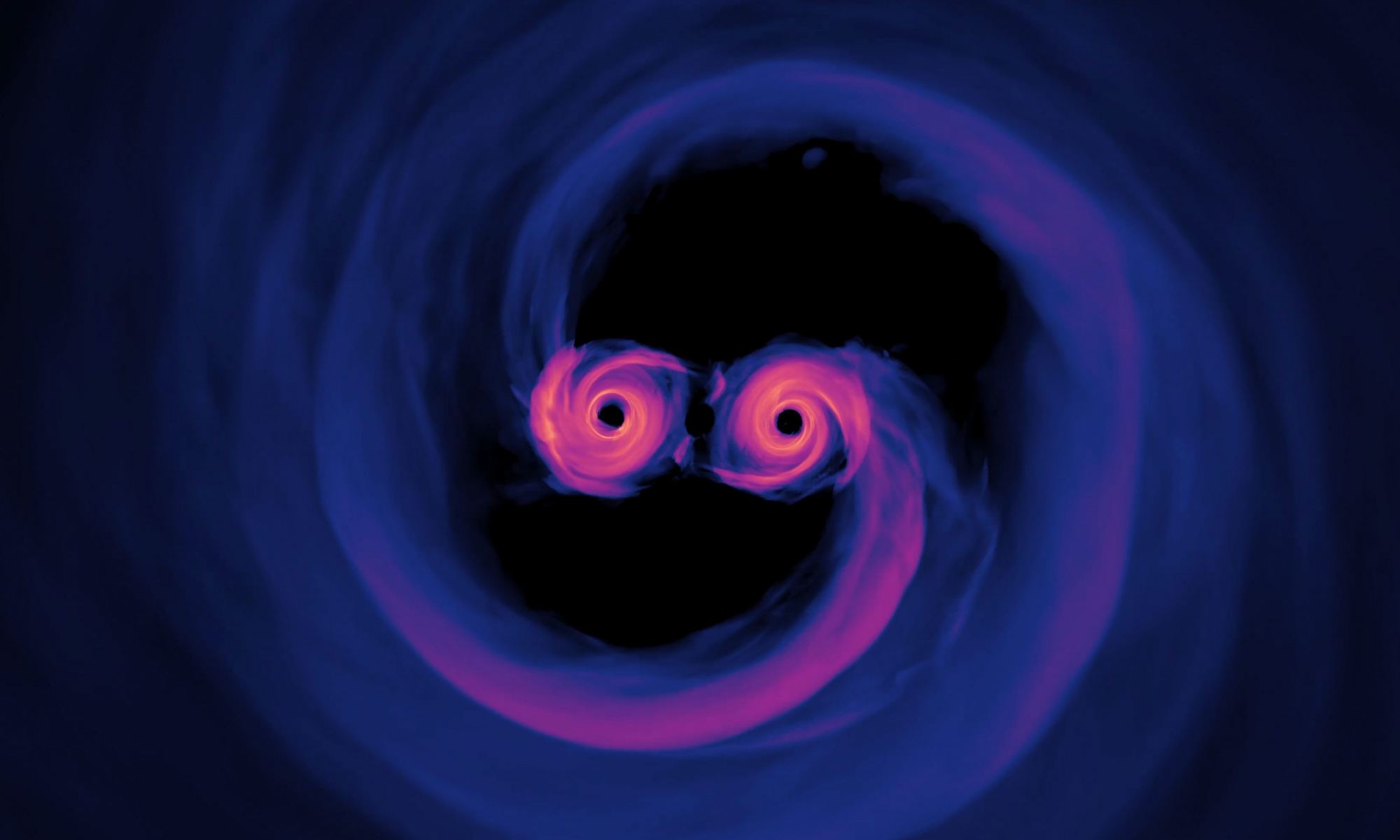In 1916, famed theoretical physicist Albert Einstein put the finishing touches on his Theory of General Relativity, a geometric theory for how gravity alters the curvature of spacetime. The revolutionary theory remains foundational to our models of how the Universe formed and evolved. One of the many things GR predicted was what is known as gravitational lenses, where objects with massive gravitational fields will distort and magnify light coming from more distant objects. Astronomers have used lenses to conduct deep-field observations and see farther into space.
In recent years, scientists like Claudio Maccone and Slava Turyshev have explored how using our Sun as a Solar Gravity Lens (SGL) could have tremendous applications for astronomy and the Search for Extratterstiral Intelligence (SETI). Two notable examples include studying exoplanets in extreme detail or creating an interstellar communication network (a “galactic internet”). In a recent paper, Turyshev proposes how advanced civilizations could use stellar gravitational lenses to transmit power from star to star – a possibility that could have significant implications in our search for technosignatures.
Continue reading “Civilizations Could Use Gravitational Lenses to Transmit Power From Star to Star”

